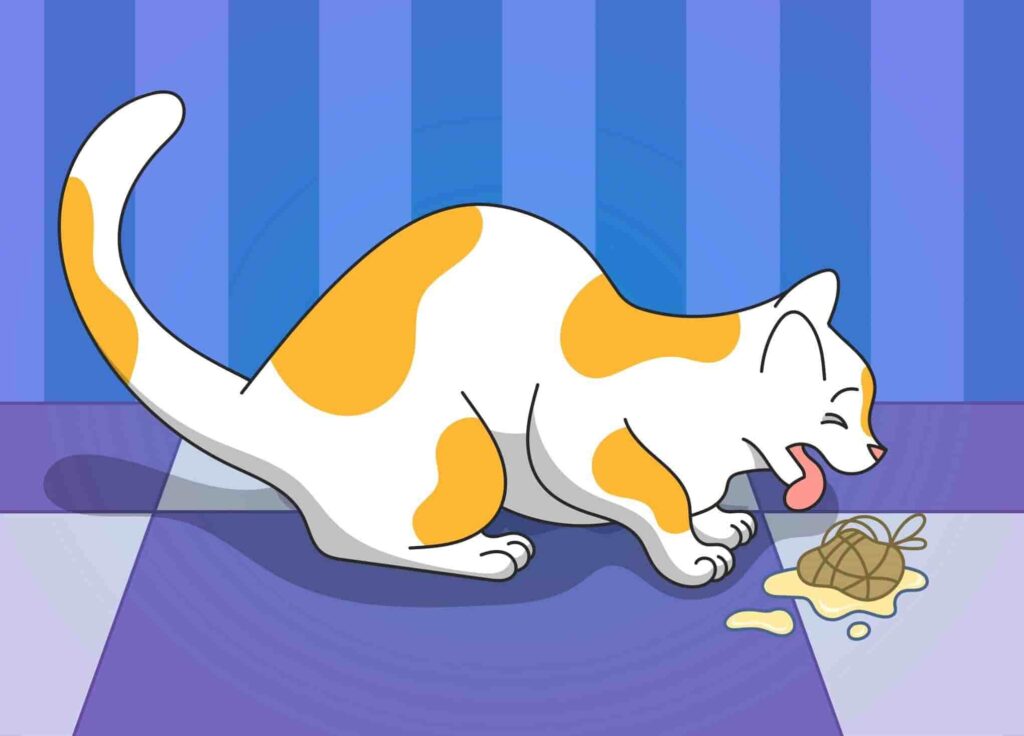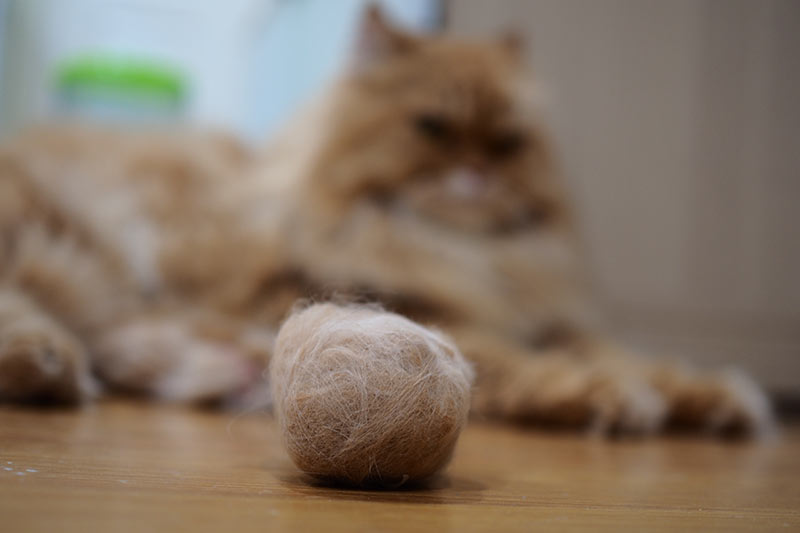You love your feline companion, but dealing with hairballs can be a messy and uncomfortable situation for both of you. In this article, we will explore the ins and outs of hairball issues in cats, providing you with a comprehensive understanding of why they occur, how to prevent them, and tips for effectively managing this common problem. Whether you’re a seasoned cat owner or new to the world of feline companionship, this article will equip you with the knowledge you need to keep your furry friend happy, healthy, and hairball-free.
What are Hairballs?
Definition and description of hairballs
Hairballs are cylindrical masses of hair that are formed in the digestive tracts of cats. They are a common issue among feline companions, and while they are generally harmless, they can sometimes lead to more serious health problems. Hairballs are a result of the constant grooming behavior of cats, during which they ingest a significant amount of loose hair. This hair then accumulates in the stomach and forms into a ball.
How cats end up with hairballs
Cats are known for their meticulous grooming habits. They spend a large portion of their day licking their fur in order to keep it clean and tidy. During this grooming process, their rough tongues catch loose hairs, which they inadvertently swallow. As these hairs accumulate in the stomach, they eventually clump together and form the characteristic hairballs.
The role of cat grooming in hairball formation
Cat grooming plays a crucial role in hairball formation. The rough texture of a cat’s tongue helps to remove loose and dead hairs from their fur. While this is an essential part of their hygiene, it also leads to the ingestion of hair. Additionally, factors such as excessive shedding, long hair, or certain health conditions can increase the likelihood of hairball formation in cats.
The Anatomy of a Cat’s Digestive System
Description of a cat’s digestive tract
A cat’s digestive system is composed of several organs that work together to break down and absorb nutrients from their food. It starts with the mouth and continues through the esophagus, stomach, small intestine, and large intestine. The digestive system is responsible for breaking down food into smaller particles, absorbing nutrients, and eliminating waste.
How hair travels through the digestive system
After being ingested, the hair travels from the mouth down the esophagus and into the stomach. In the stomach, it gets mixed with gastric juices, which begin the digestion process. However, unlike food, hair cannot be broken down completely and digested. Instead, it continues its journey through the small intestine and into the large intestine, where it eventually forms the hairball.
Why hairballs aren’t or can’t be fully digested
The structure of hair makes it resistant to being completely digested by the cat’s digestive enzymes. The keratin protein that makes up the hair is tough and not easily broken down. Additionally, the movement of the digestive system is not as efficient in breaking down and moving the hair through the intestines. As a result, hairballs are formed and eventually expelled through vomiting or bowel movements.
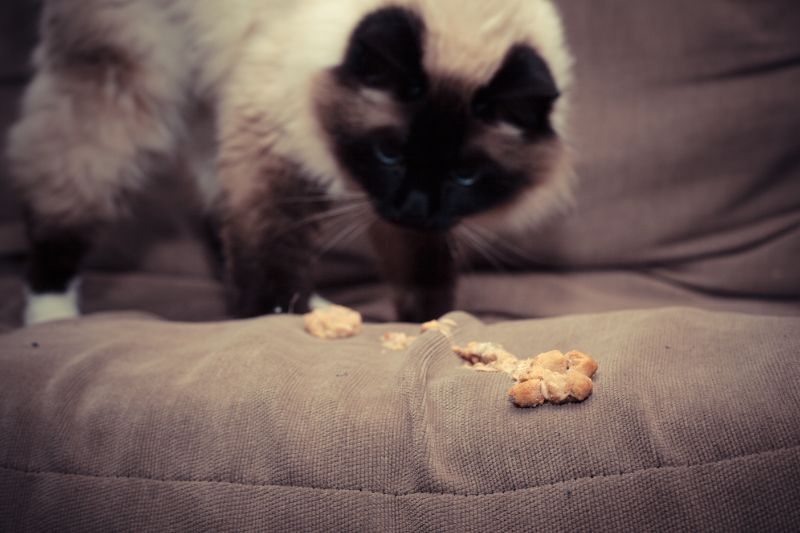
The Health Risks Associated with Hairballs
Possible complications from hairball formation
While hairballs are a natural part of a cat’s life, they can sometimes lead to complications. If hairballs become too large or frequent, they may cause blockages in the digestive tract, leading to symptoms such as constipation, diarrhea, or even gastrointestinal obstructions. In severe cases, surgical intervention may be required to remove the blockage.
How hairballs can cause blockages in the digestive tract
Hairballs can block the passage of food through the digestive tract, preventing proper digestion and absorption of nutrients. This can lead to discomfort, pain, and digestive issues. Moreover, if a hairball becomes lodged in a narrower part of the digestive tract, such as the intestines, it can cause a complete obstruction, which is a potentially life-threatening situation requiring immediate medical attention.
Long-term implications of recurrent hairballs
Frequent or chronic hairball issues can have long-term implications on a cat’s health. The constant presence of hairballs in the digestive system may lead to inflammation, irritation, or damage to the digestive tract, increasing the risk of other gastrointestinal disorders. Additionally, recurring hairballs can be indicative of underlying health conditions such as skin allergies or digestive disorders, which should be addressed by a veterinarian.
Signs and Symptoms of Hairball Problems
Typical indications of a hairball issue
Recognizing the signs of a hairball problem in cats is important in order to provide timely intervention. Typical indications include frequent hacking or retching sounds, vomiting up hairballs, persistent coughing, lack of appetite, and changes in bowel movements. Monitoring your cat’s behavior and looking out for these signs can help identify hairball issues.
Behavioral changes associated with hairball problems
Hairball problems can also manifest in behavioral changes in cats. They may become more lethargic, show signs of discomfort or restlessness, or exhibit decreased interest in grooming themselves. Some cats may even start avoiding their food or water bowls, indicating that they are experiencing digestive discomfort associated with hairball formation.
When to consult with a vet regarding hairball symptoms
If you notice any of the aforementioned signs or symptoms in your cat, it is crucial to consult with a veterinarian. While occasional hairballs are considered normal, persistent or severe hairball issues may require medical intervention. A veterinarian can examine your cat, rule out any underlying health conditions, and provide appropriate treatment options.
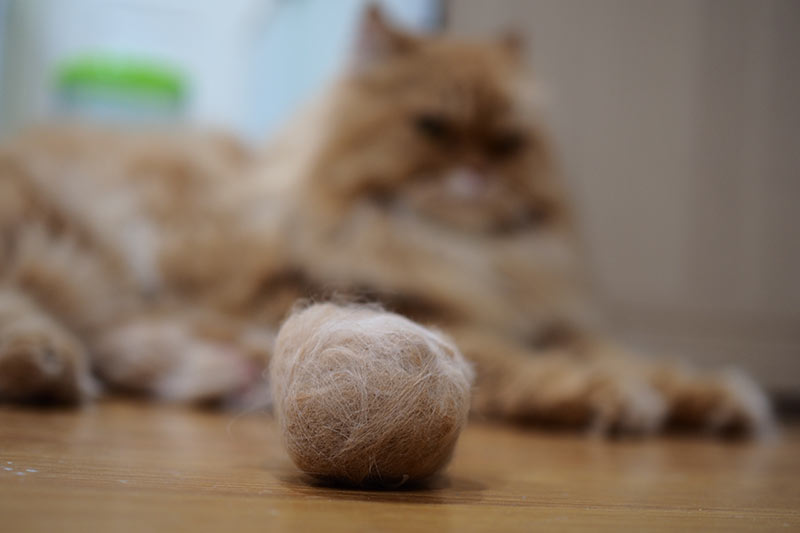
Diagnosing Hairball Issues
How vets diagnose hairball problems
When diagnosing hairball issues, veterinarians typically start with a thorough physical examination of the cat. They will palpate the abdomen to check for any abnormalities or blockages caused by hairballs. The vet may also consider the cat’s medical history, symptoms, and behavior. In some cases, diagnostic imaging tests such as X-rays or ultrasounds may be used to visualize the extent of hairball formation.
Various diagnostic tests and procedures
In addition to a physical examination, veterinarians may recommend blood tests to check for any underlying health conditions that could be contributing to hairball problems. These tests can help determine if there are any imbalances or abnormalities in the cat’s blood chemistry. Additionally, fecal examinations may be performed to rule out any intestinal parasites that can cause similar symptoms to hairballs.
Interpreting diagnostic results
Once the diagnostic tests are complete, the veterinarian will interpret the results and use them to formulate a diagnosis. These results will help determine the severity of hairball issues, as well as any underlying health issues that may be contributing to the problem. This information is vital in developing an appropriate treatment plan for the cat.
Treatment Options for Hairball Issues
Medical treatments for hairball complications
Depending on the severity and underlying cause of the hairball issues, veterinarians may prescribe various medical treatments. These can include specialized diets, hairball remedies or lubricants, dietary supplements to promote digestive health, and medications to alleviate discomfort or Reduce inflammation in the digestive tract. Regular check-ups and follow-up visits may be recommended to monitor the cat’s progress.
Removal procedures for large or obstructive hairballs
In cases where hairballs are too large or causing gastrointestinal obstruction, veterinarians may need to perform removal procedures. This can involve either the use of endoscopic techniques to break down and extract the hairball or, in more severe cases, surgical intervention. These procedures should only be performed by qualified veterinarians and are typically used as a last resort.
Maintaining health post-treatment
After undergoing treatment for hairball issues, it is important to maintain the cat’s overall health. Regular grooming sessions can help minimize the amount of loose hair that the cat ingests. Additionally, ensuring a balanced diet and proper hydration can promote healthy digestion and reduce the likelihood of hairball formation. It is always advisable to follow the veterinarian’s recommendations to prevent recurrence of hairball issues.
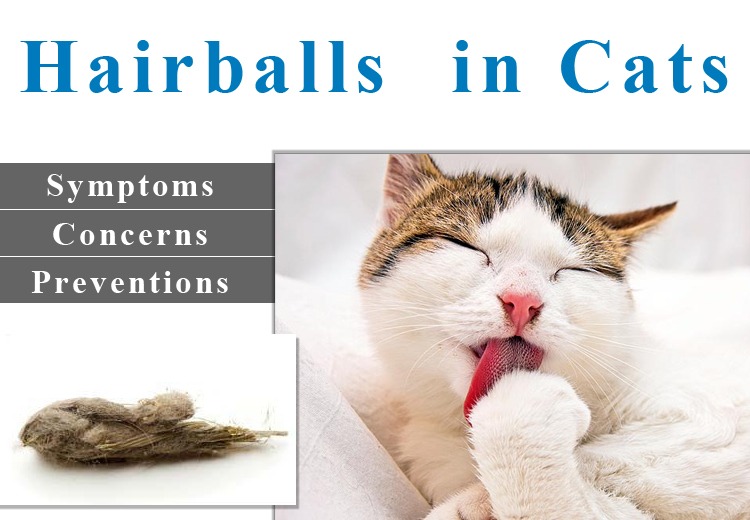
Preventing Hairball Formation
Efficient grooming practices
Proactive grooming techniques can significantly reduce the occurrence of hairballs in cats. Regular brushing helps remove loose hair, preventing its ingestion during grooming sessions. For long-haired cats, grooming may need to be more frequent to prevent excessive hair buildup. Additionally, grooming wipes or pet-safe moisturizing sprays can help maintain the health of the cat’s coat and minimize shedding.
Choosing the right cat food
Diet plays a vital role in preventing hairball formation in cats. High-quality cat foods that contain a balanced blend of fiber can help promote healthy digestion and prevent the accumulation of hair in the digestive tract. Specialized hairball control formulas are also available, which contain ingredients that aid in the elimination of hair through the digestive system.
Supplements and products that can minimize hairball formation
Certain supplements and products can also be beneficial in minimizing hairball formation. These include hairball remedies or lubricants that aid in the passage of hair through the digestive system. Additionally, the regular use of dietary supplements, such as omega-3 fatty acids or fiber supplements, can promote healthy skin and coat, reducing the amount of excess hair shed by cats.
Hairballs in Different Breeds of Cats
Is a certain breed predisposed to having more hairballs?
While hairball issues can affect cats of all breeds, certain breeds may be more prone to them. Long-haired breeds, such as Persians or Maine Coons, naturally have a higher likelihood of developing hairballs due to their thick and abundant coats. However, it is important to note that grooming practices, diet, and overall health also play a significant role in hairball formation, regardless of breed.
Understanding grooming habits across various cat breeds
Different cat breeds have varying grooming habits, which can influence the likelihood of hairball formation. Some breeds are more fastidious groomers and may ingest more hair as a result, while others may have different coat textures that shed less hair. Understanding these differences can help cat owners tailor their grooming routines and preventive measures to the specific needs of their cat’s breed.
Dealing with hairballs in long-haired versus short-haired breeds
Long-haired breeds may require more frequent grooming to prevent excessive hair buildup and reduce the formation of hairballs. Regular brushing sessions help to remove loose hairs and reduce the amount of hair that the cat ingests. Short-haired breeds, while shedding less, still benefit from regular grooming to minimize hair ingestion. Additionally, providing a high-fiber diet and using hairball-control products can be beneficial for both long-haired and short-haired breeds.
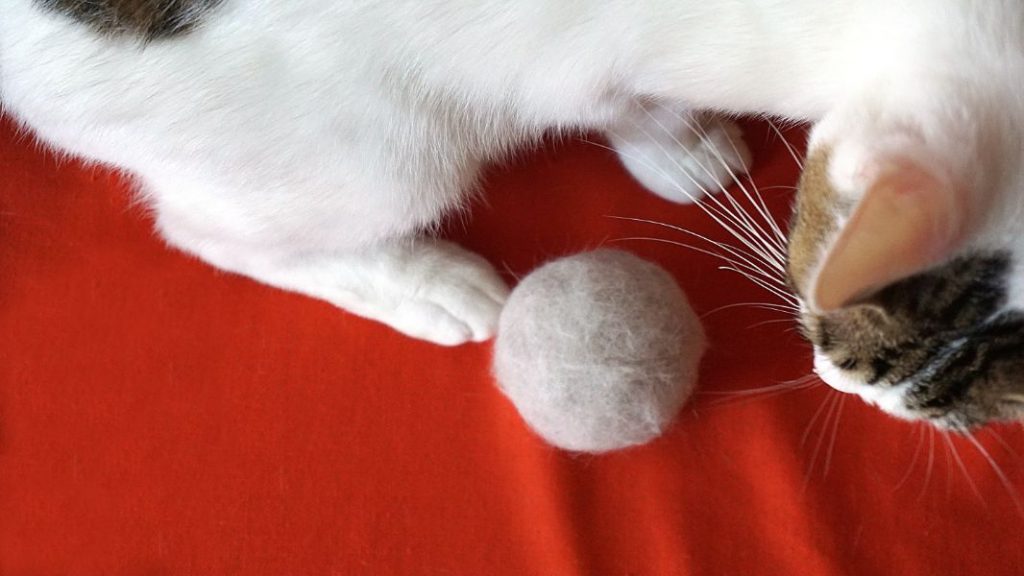
Comparative Discussion: Hairballs in Cats vs Dogs
How dogs are different
Unlike cats, dogs are not as prone to developing hairballs. This is largely due to differences in their grooming habits and digestive systems. Dogs do groom themselves to a certain extent, but they lack the same level of grooming diligence as cats. Additionally, the structure of a dog’s digestive tract allows hair to pass through more easily, reducing the likelihood of hairball formation.
Why cats have a higher tendency to develop hairballs
Cats groom themselves more frequently and thoroughly than dogs, resulting in a higher ingestion of hair. Additionally, the feline digestive system is not as efficient in breaking down and eliminating hair, leading to the formation of hairballs. Furthermore, cats have backward-facing barbs on their tongues, which aids in hair removal but also contributes to ingesting more hair during grooming.
Can dogs have hairballs?
While dogs can develop similar symptoms to hairballs, such as coughing or vomiting, they do not typically form hairballs in the same way as cats. Instead, dogs may experience gastrointestinal issues due to the ingestion of foreign objects or excessive hair, which can lead to obstructions or digestive discomfort. If a dog exhibits hairball-like symptoms, it is important to consult with a veterinarian to determine the underlying cause.
Latest Research and Studies About Hairballs
Recent scientific developments on hairball-related studies
In recent years, there have been advancements in understanding the factors contributing to hairball formation and the potential health risks they pose to cats. Researchers have been studying the effects of diet, grooming practices, and genetics on hairball issues. Some studies have explored the use of new medications or supplements to manage or prevent hairballs, providing promising avenues for further research.
Impact of modern veterinary research on hairball treatment options
Modern veterinary research has helped expand the range of treatment options available for hairball issues. From specialized diets to hairball remedies and lubricants, veterinarians now have a better understanding of the most effective approaches to managing hairballs in cats. The research has also led to improvements in diagnostic techniques and surgical interventions for severe cases.
Forthcoming advancements in handling hairball issues
As research on hairball issues continues, there are ongoing efforts to develop new preventive measures and treatment options for cats. This includes the exploration of novel grooming techniques, the use of probiotics to promote a healthy digestive system, and the development of pharmaceutical interventions to aid in the passage of hair through the digestive tract. These advancements aim to further improve the overall well-being of cats and reduce the incidence of hairball-related problems.
In conclusion, hairballs are a common and natural occurrence in cats but can sometimes lead to health complications. Understanding the causes, risks, and symptoms associated with hairball issues is essential for cat owners to provide appropriate care. Regular grooming, proper diet, and veterinary consultation when necessary can help prevent and manage hairballs, ensuring the well-being of our feline companions.
